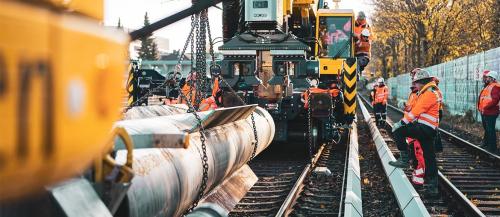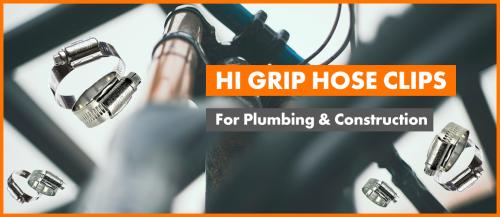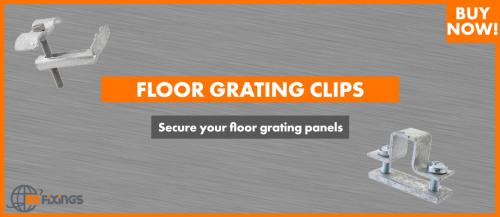How to fit wall plugs - Your step-by-step guide by BS fixings.
Fixing wall plugs is easy if you know what you are doing and have the right equipment to start with, but if you get it wrong you could end up with screws that do not lock tightly into the wall plug, or wall plugs that extrude beyond the surface of the wall making the items you are hanging or fixing not sit flush against the wall.
Wall plugs are used when hanging heavier objects to a wall such as shelving, cabinets, or larger mirrors where a simple picture hook (or small nail!) won’t do the job and a screw on its own wont grip.
A normal stainless-steel screw will not securely stay fixed in plasterboard or brickwork without a wall plug and attempting to do so will damage the wall or plaster They expand under the pressure of the advancing screw to securely grip the sides of the hole you have drilled. The plug will then hold the screw in place without damaging your walls (providing the right hole size has been drilled, the correct wall plug, and screw size have been used.)
1) To fit your wall plugs you will need a drill (with hammer action if you are planning to drill into masonry). You will also need your screws and plugs (make sure they are the same size as each other and the right size for the hole you are about to drill. A note of caution here, never drill into a wall without checking first for hidden pipes and cables using a multi detector to avoid flooding your home or electrocution.
2) Once you have checked for cables and pipes, mark the area you want to drill with a cross using a pencil.
3) Next, make sure you have the right size drill bit and plugs for the screws you want to use. If you are planning to drill into plasterboard rather than masonry, you can use ones specifically designed for plasterboard.
4) Next, hold the plug up to your drill bit and mark its length with some tape. You will need to drill into the wall slightly deeper than the length of the plug.
5) Now, carefully drill a hole to the depth you have marked on the drill bit. Hold the drill at 90 degrees to the wall to make sure the screw goes in flat. Hold the drill very steady to avoid drilling a hole wider than the drill bit (this happens when you get a wobble!).
6) The wall plug should be a tight fit when pushed into the hole if all your calculations are right. You may need to use a hammer to gently tap the wall plug into the wall, so it sits flush. This is now ready for you to securely screw the screw into the plug and finish off hanging your shelf, cabinet or other heavy items.






